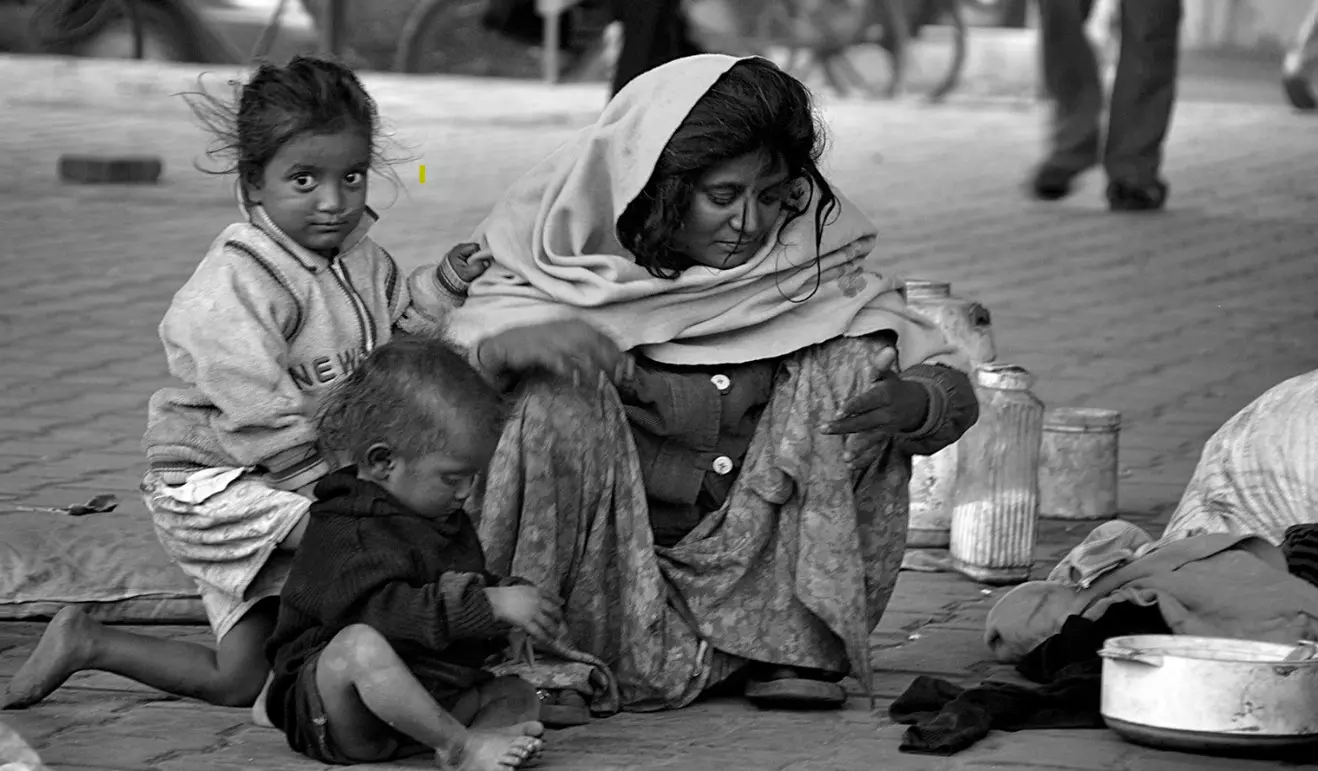Alarming dichotomy

The 2023 edition of the Global Hunger Index (GHI) report has cast a sombre shadow on the fight against hunger worldwide. Compiled collaboratively by Concern Worldwide and Welthungerhilfe, this annual peer-reviewed assessment of global hunger trends tells a disheartening story. The world's GHI score for 2023 is 18.3, standing just marginally below the 2015 score of 19.1. India is no exception to this global trend, with its score standing at 28.7 in 2023, merely 0.5 per cent below its 2015 mark of 29.2. It's vital to note that India's GHI score had shown an impressive improvement from 38.4 in 2000 to 29.2 in 2015. The report attributes this discouraging stagnation to a host of overlapping crises. Factors like the COVID-19 pandemic, the Russia-Ukraine war, economic stagnation, climate change impacts, and conflicts in many parts of the world have been deemed responsible for this frustrating halt in progress. The GHI, which has become a reliable instrument for measuring and tracking global hunger and undernutrition, considers four critical parameters — undernourishment, child stunting, child wasting, and child mortality. These indicators help assign a numerical score to countries, categorising them as "low," "moderate," "serious," or "alarming" in terms of hunger levels. A higher GHI score indicates more widespread hunger. While the world stands at a "moderate" level, India falls into the "serious" category. However, it's not only the numbers that have caught our attention, but also the controversy surrounding them. India's Ministry of Women and Child Development has dismissed the GHI report for the third consecutive year, alleging "serious methodological issues" and a "malafide intent." The Ministry argues that three out of the four indicators primarily focus on child health and are therefore not representative of the entire population. Additionally, they dispute the "Proportion of Undernourished (PoU) population" indicator, contending that it is based on a small opinion poll of 3,000 participants. The GHI report compilers, on the other hand, have refuted this claim, maintaining that the undernourishment figures are drawn from India's Food Balance Sheet. In a break from its past denials, the Ministry has this time offered alternative data. They point to the data from Poshan Tracker — a system that tracks and improves services delivered at anganwadis and ensures the nutritional management of beneficiaries. The government is learnt to have invested a substantial Rs 1,053 crore in this real-time monitoring system. The Ministry highlights that, according to the Poshan Tracker, the percentage of child wasting has consistently remained below 7.2 per cent month-on-month, as opposed to the 18.7 per cent cited in the Global Hunger Index 2023. This discrepancy in data presents a puzzling challenge. In light of these contradictions, it's important to emphasise the significance of accurate and unambiguous data. Ensuring the welfare of the people and devising effective policies hinges on trustworthy information. It is imperative for the Indian government to address these ambiguities and discrepancies in the data on hunger. Such discrepancies not only hinder efforts to combat hunger but also erode public trust in the government's commitment to the welfare of its citizens. The Indian government's dismissal of the Global Hunger Index findings for three consecutive years raises concerns about transparency and cooperation with international agencies and organisations. It's crucial to maintain an open and constructive dialogue between the government and entities like Concern Worldwide and Welthungerhilfe, who aim to collaborate on addressing the pressing issue of hunger. Furthermore, the use of data from the National Family Health Survey (NFHS) 2019-20, which aligns more closely with the GHI report, underlines the need for a comprehensive approach to addressing hunger and malnutrition. The NFHS data indicates that among mothers with children aged 6-23 months, 18 per cent reported their child had not eaten any food in the 24 hours before the survey. This is referred to as "zero-food" and is a significant concern, highlighting severe food insecurity. The prevalence of zero-food was notably high, with 30 per cent for infants aged 6-11 months, 13 per cent among 12-17 months old, and 8 per cent among 18-23 months old children. While the government's Poshan Tracker offers an alternative perspective, it's essential to reconcile these varying data sources to ensure an accurate representation of the hunger and malnutrition situation in India. Only by acknowledging the problem can the policymakers work together to create comprehensive solutions that address the underlying causes and uplift the millions who continue to face the harsh reality of hunger. The Global Hunger Index, despite its controversies, serves as a critical tool for assessing the state of hunger on a global scale. India's stagnation in this regard, as indicated in the 2023 report, should not be dismissed lightly. Addressing hunger requires a concerted effort from all stakeholders, including the government, international organisations, and civil society. Transparency, collaboration, and accurate data are vital components in the battle against hunger, and it is incumbent upon all to put aside differences and work together to achieve a world where no one has to endure the pain of hunger.



